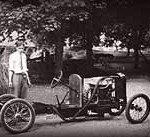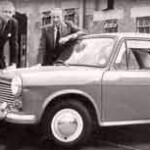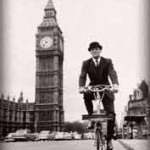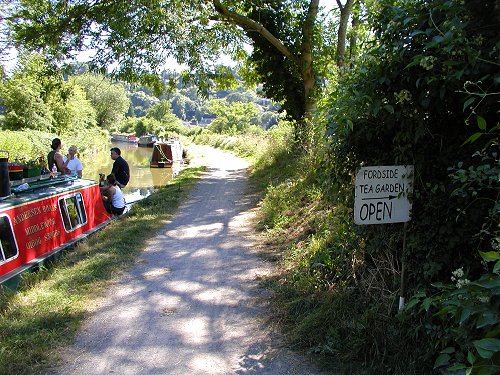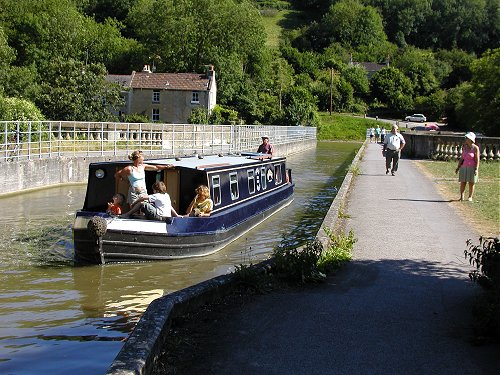Sheldon Brown, the renowned and popular technical guru has died at the age of 63.
While he had suffered from Multiple Sclerosis for some time, his death was unexpected, and due to a sudden heart attack. He is survived by his wife Harriet, their daughter Tova and son George.
Sheldon Brown was a name familiar to anyone interested in bicycling, and in the technical aspects in particular. Most people became familiar with Sheldon in the internet age through his frequent posts on usenet, bikeforums.net and his comprehensive library of articles on his website, as well as through his writing in various bicycling magazines.
He was born in Massachussets in 1944, and from a very young age had an interest in bicycles. His father, an engineering graduate, died when Sheldon was aged 9, but had a profound influence on the young Sheldon. Sheldon, throughout his whole life, shared his father's passion for cycling and photography. As a child, they shared time in the workshop in the cellar of their home.
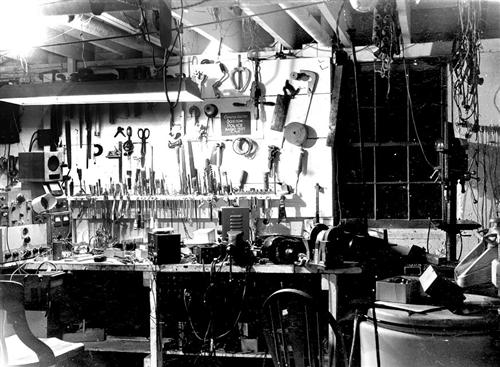
George Brown's cellar workshop
Sheldon described his father as being able to
ride a bicycle sitting on the handlebars, facing backwards.
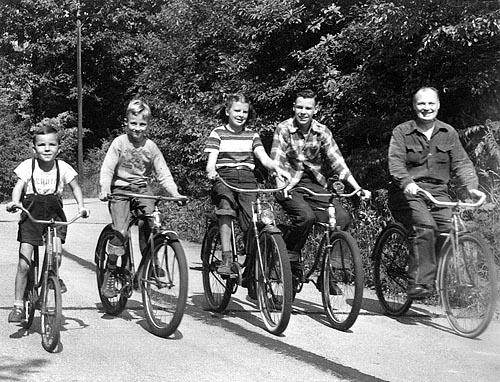
Sheldon, far left, riding with his father, brother, sister and cousin
From a young age, Sheldon learned to repair old bikes, scavenged from the local dump, and with the help of a local bike shop owner.
I was (and am) a compulsive tinkerer, delighting in putting things together that were not made for each other.
Some notable achievements from his early life were turning a Sturmey Archer 4 speed into a twelve speed by adding a derailer and three sprocket cluster to it, and building a tandem by attaching two Raleigh 3-speeds together, first by lashing with rope, later by welding.
In the late 1960s he acquired, second-hand, a Moulton Deluxe.
Originally a 4-speed Sturmey-Archer, I converted the hub to 5-speeds, added a 4-speed cluster and double chainwheel. I took this on a solo guerilla camping tour from Boston to Montréal in 1969 or thereabouts.
Having a bike with full suspension in the late 1960s was quite a kick, and I am afraid I rather abused it. On on occasion I "lead assed" it while riding off a curb near Boston Common, and managed to bend the seat tube pretty badly. I "straightened" it out by bending it back, using a handy parking meter as a fulcrum.
The Moulton was quite a sight with the front and rear racks piled high with cheap camping gear, and when I got to the border entry point I had a bit of difficult with the Canadian customs agent, who was suspicious that I didn't have a license plate on what he assumed was a motorcycle of some sort. I explained as well as I could that it was a bicycle (his English wasn't much good, and I didn't speak French at that time.) He thought the water bottles were the gas tank, and was reluctant to believe that I had pedaled all the way from Boston...but I managed to convince him in the end.
He also owned a Moulton Mark 3, which he described thus
24 speeds: 72/47 chainwheels, Sturmey-Archer AW rear hub, 4 sprockets. I had the 72 tooth chainring made specially for the Moulton Deluxe that I used to own.
The Mk III was the only Moulton model built by Raleigh. It is considerably sturdier than the other "F frame" Moultons, but always felt heavier and slower to me. Part of this was likely the rear suspension, which uses a rubber ball as the shock absorber, and it's a bit too soft and too highly damped. I later learned a pretty good trick for improving this...wrap a worm-gear hose clamp around the ball, this provides an adjustment for the suspension.
This was the first brand new bike I ever owned, but I didn't keep it stock very long. The original rear hub had a pitiful small-diameter drum brake. I replaced this, and installed a Mafac centerpull on the rear triangle. There was no appropriate bridge for to mount a caliper to, so I brazed the studs to the stays. This made a Big improvement to the braking.
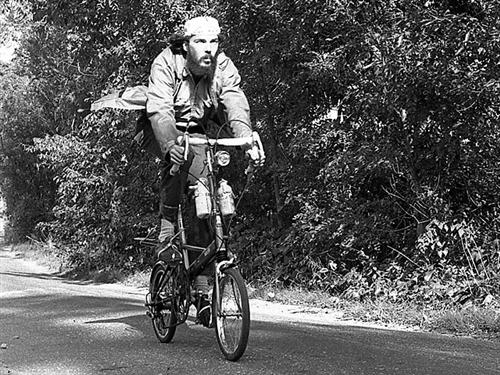
Sheldon riding the Mk III in 1971
In 1974, he spent some time apprenticed to a frame builder in Chicago, which he found a valuable experience, but
learned that the working conditions are not the way I want to spend my working life
He did manage to build a criterium frame during those few weeks.
He spent much time travelling especially in Europe, as his photographs attest. He spent a year living in France in the 1980s.

The picture above was taken in Bath in 1975, which he described as
the most beautiful city I've ever seen, with the possible exception of Salzburg.
It seems appropriate that Sheldon met his wife Harriet on a bike ride, she a veteran of the 1975 Paris-Brest-Paris.
It was in the internet age that Sheldon became a household name, at least in cycling households. He was a prolific poster on usenet groups, and bicycle forums. He also built a massive library of articles on his website, such that one could rarely perform an internet search on a technical or historical aspect of cycling, that wouldn't yield his website high in the results.
He was the technical guru at Harris Cyclery, and he was available to answer technical queries on the phone at Harris and by email. He received over 500 emails every day, and would always answer a question no matter how busy he was.
He rode his bikes regularly until 2006 when his illness no longer made it possible. He then acquired a Greenspeed recumbent tricycle, which he enjoyed riding despite his illness, although
getting on and off and getting clipped in to the pedals is a bit of a challenge
He kept a journal of his life for many years, and it shows what a prolific reader of books, watcher of movies and rider of bicycles he was. When his health problems became a major part of his life, he created a second journal dedicated to his health, so that the health issues didn't dominate the main journal.
He had a remarkably positive attitude, as his page on the positive aspects of MS shows. He lists tricycles, the kindness of strangers and disabled parking among the reasons why in his opinion
if you must acquire a nasty, rare, incurable disease, MS is one of the best things going!
He was active up until the day he died, online, posting on his journal (he'd just decided to vote for Barack Obama), and on bikeforums.
Sheldon Brown will be sadly missed by all who encountered the man, in person or online. The world is a better place for Sheldon having lived in it.
I have always loved riding bicycles,
especially for the feeling of freedom and self-sufficiency that they give

All pictures and quotations are copyright Sheldon Brown






